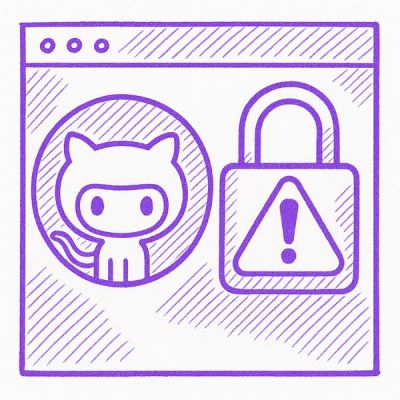dash-callback-chain
Dash component to visualize callback chains
Dash
Go to this link to learn about Dash.
Getting started
$ npm install
$ npm start
Development
Demo server
You can start up a demo development server to see a demo of the rendered
components:
$ builder run demo
$ open http://localhost:9000
You have to maintain the list of components in demo/Demo.react.js.
Code quality and tests
To run lint and unit tests:
$ npm test
To run unit tests and watch for changes:
$ npm run test-watch
To debug unit tests in a browser (Chrome):
$ npm run test-debug
- Wait until Chrome launches.
- Click the "DEBUG" button in the top right corner.
- Open up Chrome Devtools (
Cmd+opt+i).
- Click the "Sources" tab.
- Find source files
- Navigate to
webpack:// -> . -> spec/components to find your test source files.
- Navigate to
webpack:// -> [your/repo/path]] -> dash-callback-chain -> src to find your component source files.
- Now you can set breakpoints and reload the page to hit them.
- The test output is available in the "Console" tab, or in any tab by pressing "Esc".
To run a specific test
In your test, append .only to a describe or it statement:
describe.only('Foo component', () => {
})l
Testing your components in Dash
-
Build development bundle to lib/ and watch for changes
# Once this is started, you can just leave it running.
$ npm start
-
Install module locally (after every change)
# Generate metadata, and build the JavaScript bundle
$ npm run install-local
# Now you're done. For subsequent changes, if you've got `npm start`
# running in a separate process, it's enough to just do:
$ python setup.py install
-
Run the dash layout you want to test
# Import dash-callback-chain to your layout, then run it:
$ python my_dash_layout.py
TODO: There is a workflow that links your module into site-packages which would
make it unnecessary to re-run 2. on every change: python setup.py develop.
Unfortunately, this doesn't seem to work with resources defined in
package_data.
See https://github.com/plotly/dash-components-archetype/issues/20
Installing python package locally
Before publishing to PyPi, you can test installing the module locally:
$ npm run install-local
Uninstalling python package locally
$ npm run uninstall-local
Publishing
For now, multiple steps are necessary for publishing to NPM and PyPi,
respectively. TODO:
#5 will roll up
publishing steps into one workflow.
Ask @chriddyp to get NPM / PyPi package publishing accesss.
-
Preparing to publish to NPM
# Bump the package version
$ npm version major|minor|patch
# Push branch and tags to repo
$ git push --follow-tags
-
Preparing to publish to PyPi
# Bump the PyPi package to the same version
$ vi setup.py
# Commit to github
$ git add setup.py
$ git commit -m "Bump pypi package version to vx.x.x"
-
Publish to npm and PyPi
$ npm run publish-all
Builder / Archetype
We use Builder to centrally manage build configuration, dependencies, and
scripts.
To see all builder scripts available:
$ builder help
See the dash-components-archetype repo for more information.



